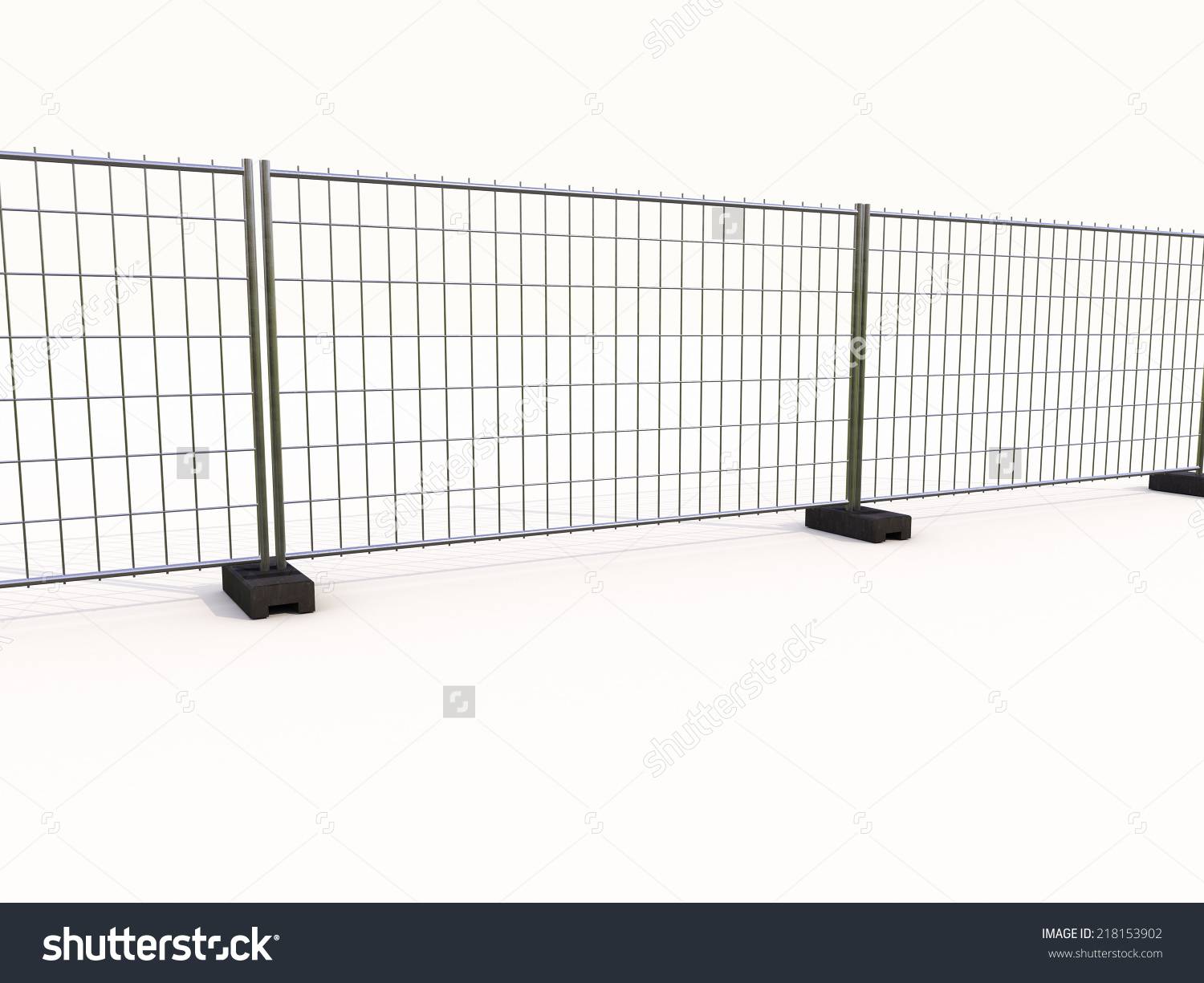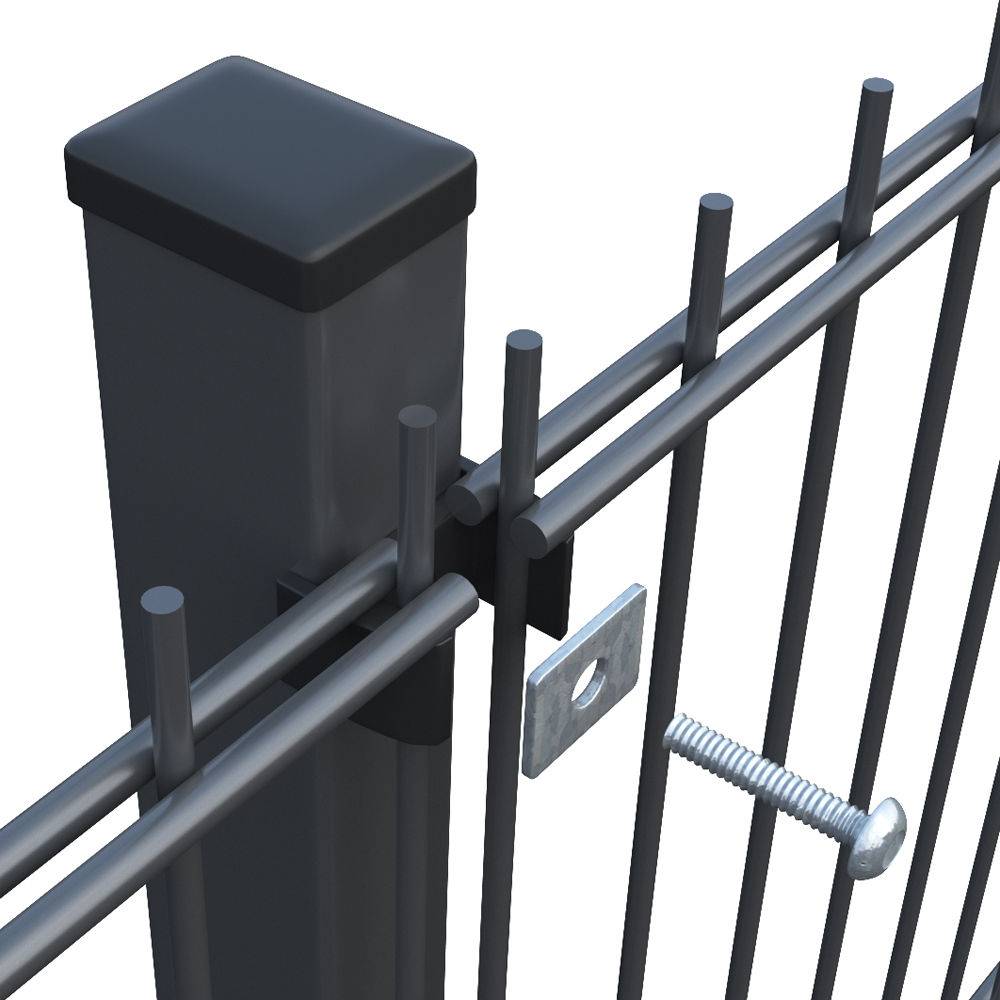

- Afrikaans
- Albanian
- Amharic
- Arabic
- Armenian
- Azerbaijani
- Basque
- Belarusian
- Bengali
- Bosnian
- Bulgarian
- Catalan
- Cebuano
- China
- China (Taiwan)
- Corsican
- Croatian
- Czech
- Danish
- Dutch
- English
- Esperanto
- Estonian
- Finnish
- French
- Frisian
- Galician
- Georgian
- German
- Greek
- Gujarati
- Haitian Creole
- hausa
- hawaiian
- Hebrew
- Hindi
- Miao
- Hungarian
- Icelandic
- igbo
- Indonesian
- irish
- Italian
- Japanese
- Javanese
- Kannada
- kazakh
- Khmer
- Rwandese
- Korean
- Kurdish
- Kyrgyz
- Lao
- Latin
- Latvian
- Lithuanian
- Luxembourgish
- Macedonian
- Malgashi
- Malay
- Malayalam
- Maltese
- Maori
- Marathi
- Mongolian
- Myanmar
- Nepali
- Norwegian
- Norwegian
- Occitan
- Pashto
- Persian
- Polish
- Portuguese
- Punjabi
- Romanian
- Russian
- Samoan
- Scottish Gaelic
- Serbian
- Sesotho
- Shona
- Sindhi
- Sinhala
- Slovak
- Slovenian
- Somali
- Spanish
- Sundanese
- Swahili
- Swedish
- Tagalog
- Tajik
- Tamil
- Tatar
- Telugu
- Thai
- Turkish
- Turkmen
- Ukrainian
- Urdu
- Uighur
- Uzbek
- Vietnamese
- Welsh
- Bantu
- Yiddish
- Yoruba

Road Noise Barrier Solutions Durable & Effective Sound Control
- Understanding the Impact of Road Noise Pollution
- Technical Advantages of Modern Noise Barrier Systems
- Performance Comparison: Leading Barrier Manufacturers
- Custom Engineering Solutions for Specific Scenarios
- Installation Case Studies Across Infrastructure Types
- Maintenance Protocols for Long-Term Efficiency
- Future-Proofing Communities with Road Noise Barriers
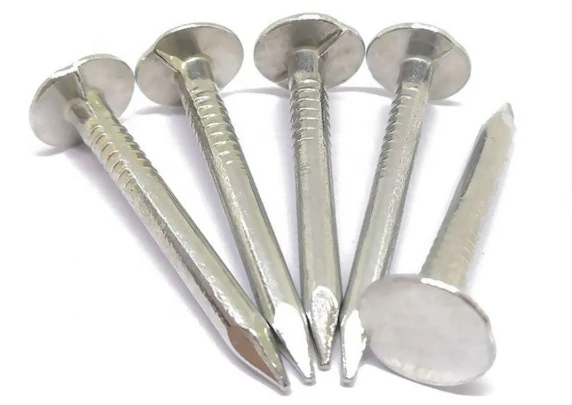
(road noise barrier)
Addressing Urban Sound Challenges with Road Noise Barriers
With 85% of urban residents exposed to harmful noise levels exceeding WHO guidelines, road noise barrier
s have become critical infrastructure components. Recent transportation department data reveals properly installed systems reduce perceived noise by 18-22 dB(A), equivalent to eliminating 85% of traffic sounds. The global market for acoustic barriers reached $4.3 billion in 2023, driven by stringent EU and US noise regulations.
Technical Advantages of Modern Noise Barrier Systems
Advanced composite materials now enable 25-year lifespans with minimal maintenance. Key innovations include:
- Polycarbonate-transparent panels achieving 30 dB insertion loss
- Recycled material composites meeting LEED certification standards
- Modular designs enabling 45% faster installation versus traditional concrete
Test results from the German Acoustics Institute demonstrate that modern absorptive barriers outperform reflective models by 19% in real-world conditions.
Manufacturer Performance Comparison
| Vendor | NRC Rating | Material | Cost/m² | Warranty |
|---|---|---|---|---|
| EcoSound Solutions | 0.95 | Recycled Polymer | €185 | 15 years |
| UrbanAcoustix | 0.89 | Concrete Composite | €210 | 20 years |
| SilentGuard Pro | 0.92 | Transparent Acrylic | €275 | 12 years |
Customized Engineering Approaches
Specialized applications require tailored solutions. For a recent Milan urban highway project, engineers developed:
- Angled top sections reducing noise escape by 7%
- Integrated greenery panels improving air quality
- Solar-powered LED warning systems
This hybrid approach decreased nighttime noise pollution from 68 dB to 53 dB within residential zones.
Implementation Case Studies
The Hamburg A7 motorway expansion (2022) utilized 8km of micro-perforated aluminum barriers, achieving:
- 22 dB average noise reduction
- 94% resident satisfaction rate
- €2.3 million annual healthcare cost savings
Maintenance and Durability Factors
Proper maintenance extends barrier effectiveness by 40%. Recommended protocols include:
- Bi-annual pressure washing (maintains 98% acoustic performance)
- 5-year structural integrity checks
- Sealant replacement every 8-10 years
Road Noise Barriers as Community Investment
Strategic barrier implementation increases property values by 9-15% near transportation corridors while reducing noise-related health risks. The Amsterdam Rijnkanaal project (2023) demonstrates how combining sound barriers with architectural design creates functional public spaces, achieving dual environmental and social benefits.
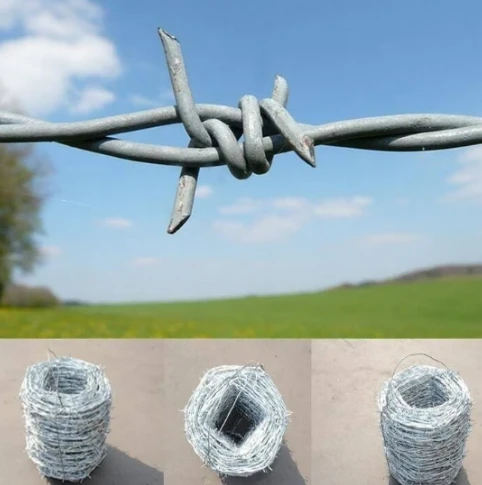
(road noise barrier)
FAQS on road noise barrier
Q: What is a road noise barrier?
A: A road noise barrier is a structure designed to reduce traffic noise pollution for nearby areas. It is typically made of materials like concrete, wood, or composite panels that absorb or block sound waves.
Q: How effective are road noise sound barriers?
A: Road noise sound barriers can reduce noise levels by 5–15 decibels, depending on height, material, and distance from the source. They are most effective when placed close to the road and built tall enough to block the line of sight between noise and receptors.
Q: Where are sound barriers for road noise installed?
A: Sound barriers for road noise are installed alongside highways, urban roads, or residential areas exposed to heavy traffic. Placement depends on noise impact studies and local regulations to maximize community protection.
Q: What materials are used in road noise barriers?
A: Common materials include concrete, acrylic, aluminum, and sound-absorbing composites. Transparent materials like polycarbonate may also be used for visibility, while dense materials enhance noise reduction.
Q: Do road noise barriers require maintenance?
A: Yes, road noise barriers need periodic inspections for damage, graffiti, or wear. Maintenance ensures longevity and effectiveness, with cleaning or repairs done as needed based on material type.
Recommended Products
Latest News About CHENG CHUANG
-
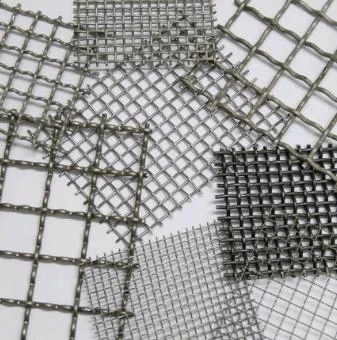 Wire mesh is durableWire mesh represents a cornerstone of modern industrial and agricultural solutions, offering unmatched versatility across countless applications.Read more >
Wire mesh is durableWire mesh represents a cornerstone of modern industrial and agricultural solutions, offering unmatched versatility across countless applications.Read more >Jul 11 2025
-
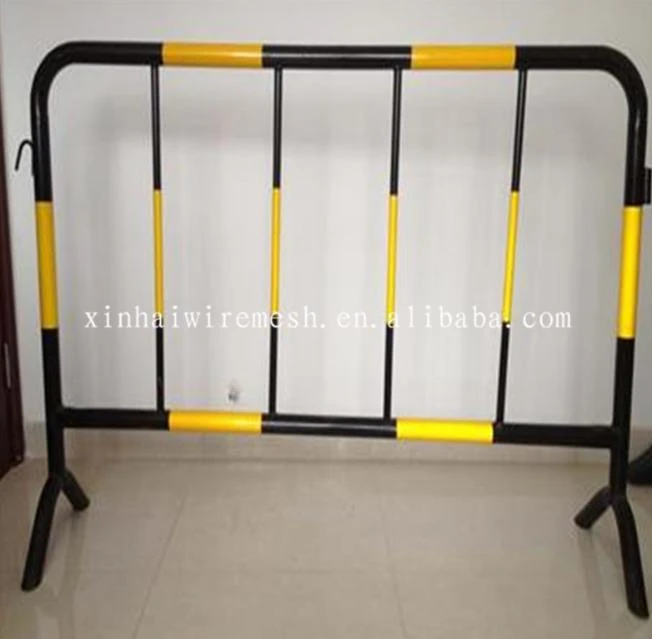 Safety barrier directs traffic flowIn high-risk environments, safety barrier systems stand as non-negotiable guardians against catastrophic incidents.Read more >
Safety barrier directs traffic flowIn high-risk environments, safety barrier systems stand as non-negotiable guardians against catastrophic incidents.Read more >Jul 11 2025
-
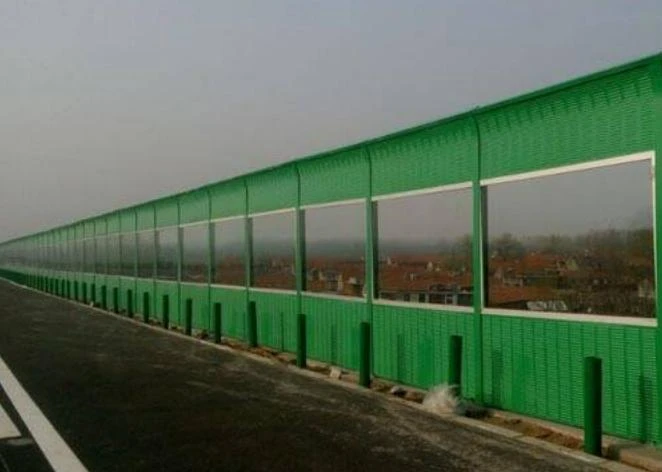 Modular Noise Barrier Eases InstallationUrbanization intensifies noise pollution, making noise barrier systems essential for preserving human health and tranquility.Read more >
Modular Noise Barrier Eases InstallationUrbanization intensifies noise pollution, making noise barrier systems essential for preserving human health and tranquility.Read more >Jul 11 2025
-
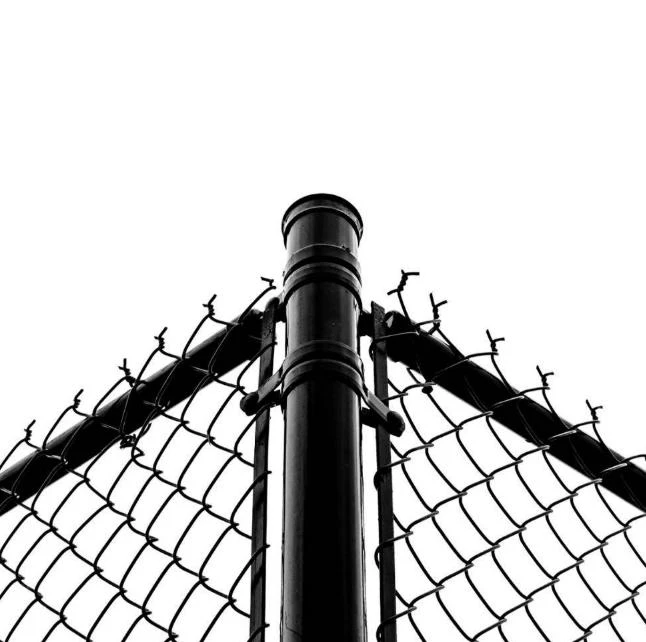 Metal fence types enhance securityMetal fence types form the backbone of modern perimeter security solutions worldwide.Read more >
Metal fence types enhance securityMetal fence types form the backbone of modern perimeter security solutions worldwide.Read more >Jul 11 2025
-
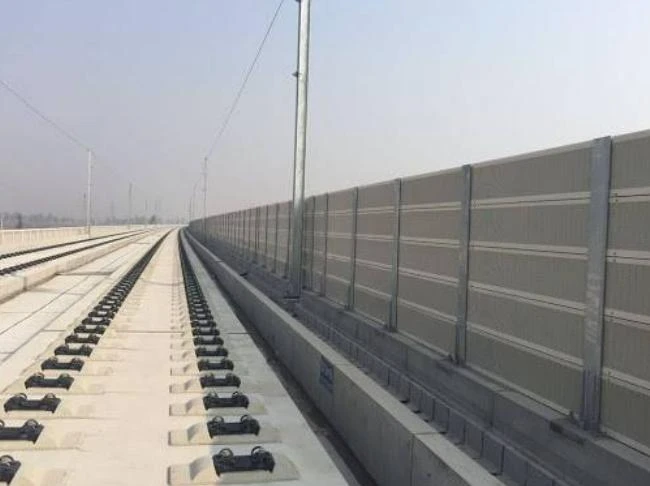 Crowd Control Barrier Manages Foot TrafficThe management of public gatherings demands precision, safety, and reliability, making crowd control barrier systems indispensable tools for organizers worldwide.Read more >
Crowd Control Barrier Manages Foot TrafficThe management of public gatherings demands precision, safety, and reliability, making crowd control barrier systems indispensable tools for organizers worldwide.Read more >Jul 11 2025
